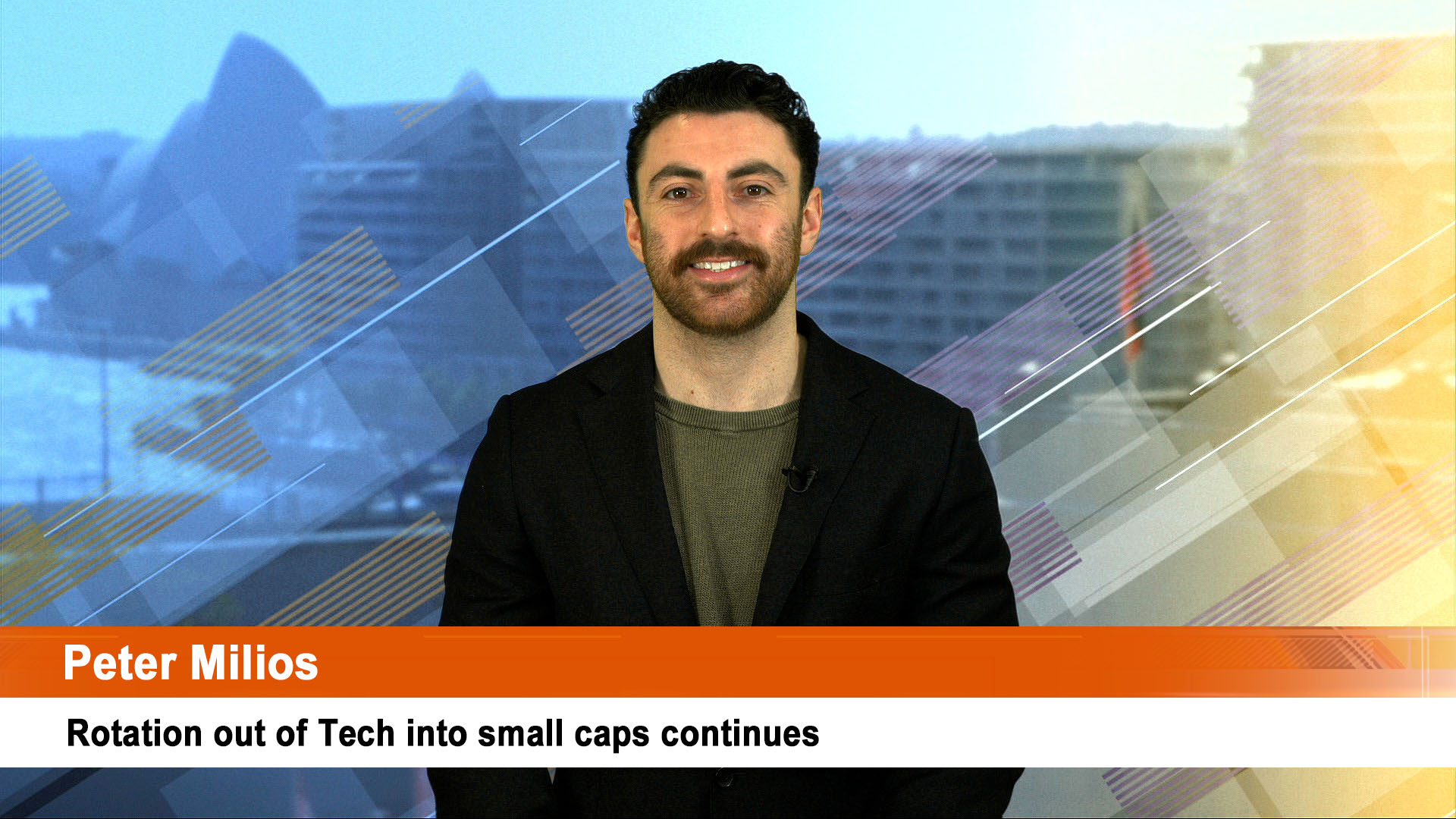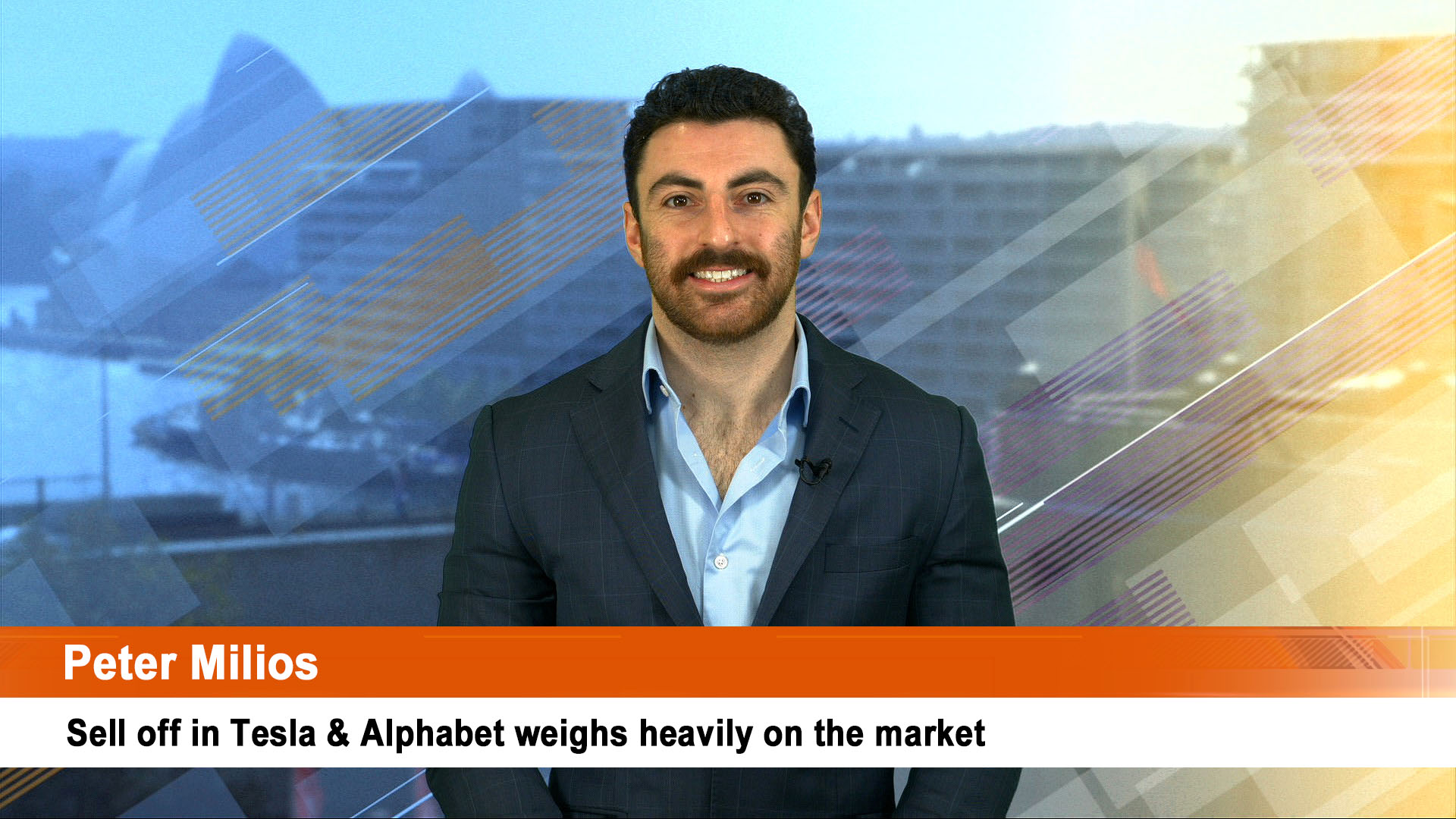The rare earth elements (REE) comprise a group of seventeen metallic elements, including the fifteen lanthanides present in the periodic table, along with scandium and yttrium.
Traditionally, these REEs are categorised into two groups based on their atomic weight:
- The light REEs (LREEs), encompassing lanthanum through gadolinium (atomic numbers 57 through 64).
- The heavy REEs (HREEs), covering terbium through lutetium (atomic numbers 65 through 71).
Rare Earth Elements find application in various fields ranging from glass additives to ceramics, converters, lasers and more. However, their geopolitical significance primarily lies in their use for permanent magnets.
The rare earths utilised in these permanent magnets include Terbium, Neodymium, Praseodymium, and Dysprosium. These magnets play a vital role in electric vehicle motors, wind turbines, consumer electronics, medical equipment like MRI machines, as well as defence applications such as missile systems and fighter jets.
Recently, China – which accounted for approximately 65% of mined materials and nearly 95% of processed rare earths in the first quarter of 2023 – proposed a ban on magnet technology that could impact intellectual property as well as the export of magnet manufacturing equipment. While the specifics of the ban and its full market impact remain unclear, it is reasonable to assume that China’s intent is to maintain its dominance in this area. The fact that Japan, Germany, and the United States already have significant magnet markets that are expected to continue growing beyond China’s borders may in fact limit the ban’s actual impact.
Rare earth mining can be a complex, expensive, and environmentally challenging process, one that potentially involves radioactive materials. As a result, and even though doing so would help alleviate supply chain insecurity, Europe has been cautious about starting mining and processing operations.
End-of-life recycling of magnets is still in its early stages, but some pilot plants have achieved success. The United States is actively looking at ways to subsidise downstream production to enhance its own supply chain. Consequently, the United States is likely to have a larger and more independent rare earth market in the next five years.
Currently, approximately 30% of consumed magnets are used in mobility sectors such as in electric vehicles and scooters. This market is projected to experience rapid growth at compound annual rates of nearly 20% even beyond 2030.
It is less likely that the magnet market will be dominated by electric vehicle and mobility consumption, perhaps reaching up to 40-50%, by 2026 or even 2030. While the current consumption of magnets in wind energy is minimal, the growth potential for wind energy, which may utilise rare earth magnets, is significant and expected to expand rapidly, particularly in the long term.
However, it is crucial to note a trend in the wind industry moving away from direct drive permanent magnet generators to hybrid generators that achieve similar efficiency, whilst requiring less of the permanent magnet to function. If this trend continues, as observed in China over the past few years, the demand for wind turbines may not be as robust as previously anticipated. This should be closely monitored.
On a similar front, the recent announcement by Tesla regarding an electric vehicle motor that claims to be highly efficient without requiring rare earths in the permanent magnet could potentially reduce up to 5% of demand in the current market next year. However, the exact efficiency of this new motor remains to be seen.
Overall, this announcement is likely to introduce a new competitive dynamic within the permanent magnet and electric vehicle industry. Presently, permanent magnet synchronous motors are considered the most efficient, and reducing the consumption of permanent magnets would require compromises in other areas, such as the magnet’s size or the electric vehicle’s range. This development brings about intriguing possibilities and may lead to new trade-offs for electric vehicle manufacturers to consider.
Whilst Japan, Germany and the US are working to establish a strong presence in the global rare earths market, China’s production and processing dominance is unmatched and will likely continue past 2026. As the market evolves, recycling and end-of-life management of magnets are gaining importance, offering opportunities for a more sustainable and secure supply chain in the future.













